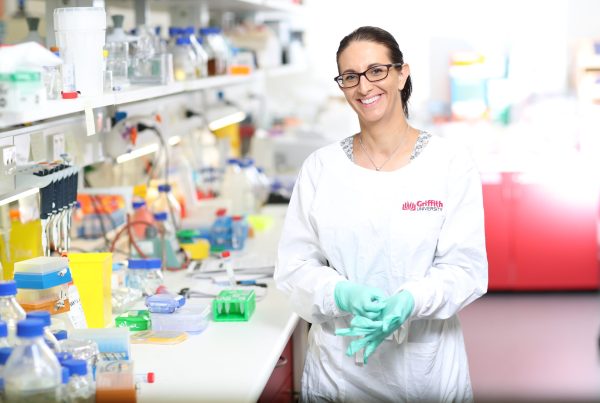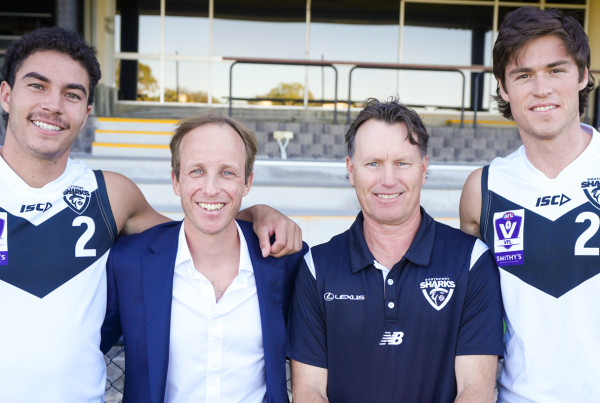AI Rising: Why This Moment Is Different, and What Australia Should Do Next
By Denver Naidoo, CEO and Founder of Zeligate, and Gold Coast Chapter Director for the Queensland AI Hub.
After nearly three decades in software, I have lived through many hype cycles: the dot-com bubble, the mobile revolution, cloud computing, and blockchain. Each came with big promises. But this moment with artificial intelligence feels genuinely different. The shift is not just about technology; it is about accessibility. For the first time, a small business on the Gold Coast can use the same foundational AI models as Microsoft or Google. That changes how technology is deployed and who can compete. Organisations have also moved beyond the question of whether to use AI. The conversation now is where and how to deploy it for measurable impact. Five years ago, we were still building prototypes that looked impressive in demos but fell apart in production. Today, the technology is stable and reliable, and that stability drives trust and adoption. Australia’s regulatory approach is also helping. While the United States moved fast and Europe over-regulated, we are taking a more balanced path by setting principles and guardrails that encourage experimentation without stifling innovation. That pragmatic stance matters.
Where AI Is Already Delivering
The biggest advances are happening where the problems are clearest. Healthcare leads the way. Diagnostic support, personalised treatment planning and administrative automation are no longer theoretical. AI-assisted mammogram screening, for instance, has increased detection rates by around 20 percent, and that is just the start. Finance is also transforming. Banks are using AI for fraud detection with accuracy that surpasses human analysts, and insurance underwriting times are dropping from weeks to days. In manufacturing and logistics, AI is already producing real returns. Toll Group uses it to optimise delivery routes and reduce fuel costs, while Woolworths applies it to inventory and demand forecasting. These are not pilot projects; they are operational and profitable. At Zeligate, we see how automation can solve a universal business challenge: hiring. The average Australian organisation takes 24 working days to fill a role, yet candidates expect responses within a week. Automating early-stage tasks such as screening and pre-interviews frees hiring managers to focus on culture fit and long-term value. That is not a luxury; it is a competitive advantage when talent is scarce. 1 AI Rising: Why This Moment Is Different, and What Australia Should Do Next
The Myths Holding Businesses Back
The biggest misconception about AI is not that it will take all the jobs. The real myth is that AI is still too complex or specialised for most organisations. That might have been true a few years ago, but not today. Leaders do not need a team of data scientists to make AI work. What they need are people who understand the business problem and can ask the right questions. The complexity should be invisible. Another common mistake is adopting multiple AI tools without integration. That creates fragmented workflows and confusion rather than productivity. True innovation comes from solving one problem really well before moving to the next. Explainability is also critical. If a system cannot explain why it reached a conclusion, you do not just have a compliance issue; you have a trust issue. And trust is the currency of adoption.
Building Zeligate on the Gold Coast
Zeligate was founded on a simple premise: what if every organisation could build its own AI workforce? Instead of scattered tools, we create deployable AI assistants that handle repetitive tasks and give people their time back. Our flagship solution focuses on recruitment. It manages sourcing, screening, pre-interviewing and reference checking to remove bottlenecks and allow teams to focus on the human aspects of hiring. We are not replacing people; we are removing tedium so they can do meaningful work. Basing Zeligate at Cohort Innovation Space, in the Gold Coast Health and Knowledge Precinct (GCHKP) was a deliberate choice. The precinct brings together researchers, clinicians, entrepreneurs and investors in one connected ecosystem. The informal networks, mentorship and shared learning here have real value. They shape outcomes in ways that press releases can never capture.
Why Collaboration Fuels Innovation
Collaboration networks are not soft infrastructure; they are the foundation of success. They determine whether a startup gets funded, finds customers or scales effectively. Through initiatives like the Queensland AI Hub and the Responsible AI Network, we are helping Australian businesses understand realistic AI applications and ethical practices. Shared frameworks like these speed up adoption and reduce uncertainty. 2 AI Rising: Why This Moment Is Different, and What Australia Should Do Next The Gold Coast Health and Knowledge Precinct is central to this progress. It brings together universities, health organisations, industry and government in one location, creating an environment where collaboration happens naturally. Within the precinct, there is constant interaction between digital health, sportstech, clean energy and other emerging sectors. That diversity of thinking is what fuels real innovation. For Queensland, these networks are the difference between producing a handful of standout companies and building a truly sustainable innovation economy. The Gold Coast is proving it can do both, and the GCHKP is a driving force behind that growth.
Getting Responsible AI Right
AI’s rapid advancement has outpaced traditional regulation. We now face difficult questions. How do we test and approve systems that continue learning? Who is liable when an algorithm’s recommendation leads to a poor outcome: the developer, the deployer or the end user? Australia’s voluntary standards are a good starting point, but responsibility begins with design. Systems must include human oversight as a core principle. Humans should always decide what an AI system can and cannot do. Transparency is also vital. If a model has not been tested on certain data or populations, that needs to be disclosed. Acknowledging limitations builds credibility. Likewise, explainability may sometimes come at a small cost to accuracy, but it is essential for long-term trust. Diversity within development teams is another critical factor. A homogeneous team will miss biases that a varied group would see immediately. Better systems come from diverse perspectives, not just diverse data.
A Message to Investors, Governments and Businesses
Start now, but start specific. For investors, capital will flow to AI regardless, but the real returns will go to those backing founders solving practical problems rather than chasing hype. Fund depth, not noise. For governments, the role is to reduce friction, support education, and provide regulatory clarity without suffocating innovation. For businesses, AI is no longer optional. Competitors are already exploring it. Start small, pick one painful process and fix it. Learn quickly and build from there. The organisations that win will not necessarily have the flashiest technology. They will have cultures that understand AI’s capabilities and limits, value human oversight, and treat ethics as part of good business practice. 3 AI Rising: Why This Moment Is Different, and What Australia Should Do Next
Why I Am in This
What drives me is the gap between what is possible and what is being done. I have watched inefficiency become normalised. Tasks that once required months of human effort can now be automated intelligently. Seeing a team reclaim 20 percent of their time from repetitive work is not just about productivity; it is about purpose. When people have time to think, learn and innovate, they rediscover creativity and pride in their work. Australia has the talent, the research strength and the ambition to lead in responsible AI. The opportunity is here right now. The key is to move thoughtfully, collaboratively and with intent before this wave becomes another one we watch pass by.









